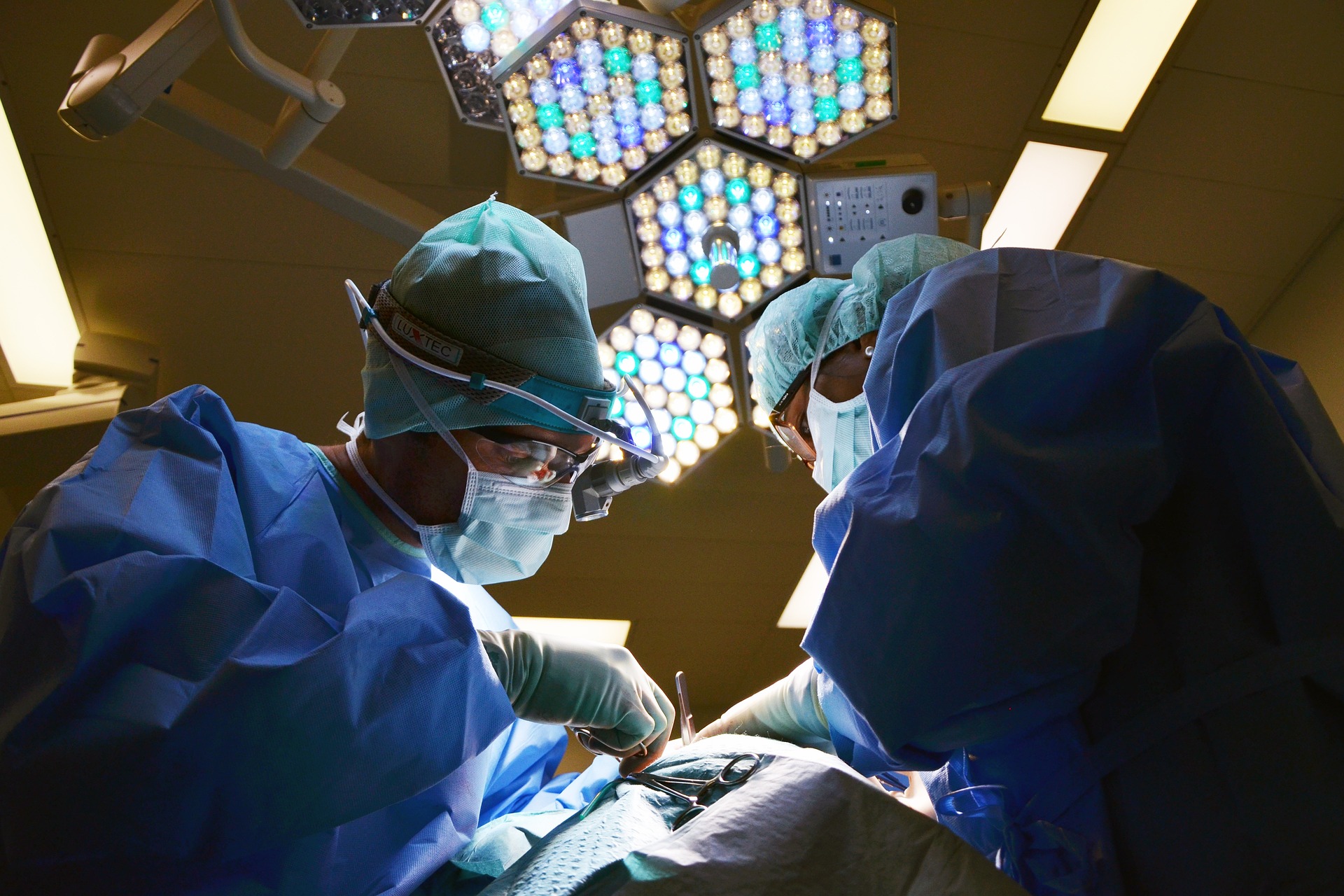Rhinoplasty: Reshape Your Nose for Function & Form
Rhinoplasty, often called a nose job, reshapes the nose to improve appearance and breathing. Whether you want to smooth a dorsal hump, refine a drooping tip, or correct a deviated septum, understanding the procedure, recovery, risks, and costs helps you make a confident, informed choice.

Rhinoplasty is a surgical procedure designed to modify the nose’s shape, size, or internal structure to achieve cosmetic goals or improve breathing. Performed for decades, it can balance facial features, repair injury-related damage, and correct congenital or functional nasal problems. Deciding on rhinoplasty requires clear goals, realistic expectations, and an understanding of what the surgery entails.
Why people opt for rhinoplasty
Motivations for seeking rhinoplasty fall into two broad categories: cosmetic and functional. On the cosmetic side, patients commonly request changes such as removing a prominent bump along the bridge, refining a broad or bulbous tip, lifting a drooping tip, or correcting asymmetry that affects facial balance. Some people seek subtle refinements to harmonize the nose with other facial features rather than dramatic alteration.
Functionally, rhinoplasty can address structural problems that impair airflow. A deviated septum, collapsed nasal valves, or chronically narrow passages can all be treated surgically to improve breathing, reduce snoring, and alleviate chronic sinus issues. Rhinoplasty is also used to repair noses that have been fractured in accidents or to correct congenital anomalies.
Potential benefits and possible complications
When successful, rhinoplasty can enhance facial proportion, boost self-confidence, and restore or improve nasal function. Patients often report both aesthetic satisfaction and a noticeable improvement in breathing after correcting internal obstructions.
Nevertheless, rhinoplasty carries risks like any surgical procedure. Common concerns include infection, bleeding, adverse reactions to anesthesia, and swelling that takes time to resolve. There is also the possibility of dissatisfaction with the cosmetic outcome, asymmetry, or persistent breathing problems. In some cases, a secondary or revision procedure is recommended to refine results or address complications.
A thorough preoperative discussion about likely outcomes, combined with realistic expectations, helps reduce the chance of disappointment. Understanding that the nose continues to heal and change for many months is essential.
Typical recovery timeline
Recovery from rhinoplasty is incremental. Immediately after surgery you should expect swelling, bruising around the eyes, and some discomfort; these are most pronounced in the first week. Many patients can return to non-strenuous work or school within 7–14 days, though visible bruising and swelling may still be present.
You should avoid heavy lifting, contact sports, and vigorous aerobic exercise for several weeks as instructed by your surgeon. Nasal splints or internal packing are often removed within the first week, revealing the initial shape, but residual swelling—especially at the tip—can take months to fully settle. The nose can continue refining subtly for up to a year, with final contours becoming apparent gradually.
What to discuss before surgery
A consultation with a board-certified plastic surgeon or facial plastic surgeon is a crucial step. Bring up your goals, medical history, prior nasal trauma, medication use, and any breathing difficulties. A skilled surgeon will assess skin thickness, nasal bone and cartilage structure, and overall facial proportions to recommend whether rhinoplasty alone or combined approaches are best.
Key topics to cover include: - Surgical approach: open (external) vs closed (endonasal) technique and how each may affect scarring and access. - Functional repairs: will the septum, turbinates, or nasal valves be addressed to improve breathing? - Anesthesia type and perioperative safety. - Realistic outcomes: computer imaging can illustrate likely changes but is not a guarantee. - Potential need for revision surgery and how it is handled.
Choose a surgeon with relevant facial surgery experience, strong before-and-after portfolios, and clear communication about risks and expected results.
Costs and what influences price
Costs for rhinoplasty vary widely based on geographic location, the surgeon’s skill and reputation, facility fees, anesthesia, and the complexity of the procedure. Procedures that combine cosmetic reshaping with extensive functional repairs may cost more.
| Provider Type | Average Cost Range | Factors Affecting Cost |
|---|---|---|
| Private Practice | $5,000 - $10,000 | Surgeon experience, local market |
| Hospital-Based | $7,000 - $15,000 | Facility fees, complex cases, inpatient resources |
| Medical Tourism | $3,000 - $8,000 | Country, travel and lodging, follow-up care |
Prices, rates, or cost estimates mentioned in this article are based on the latest available information but may change over time. Independent research is advised before making financial decisions.
Making an informed choice
Rhinoplasty is individualized: the same technique won’t suit every person, and outcomes depend on anatomy, healing, and surgical precision. Prioritize consultation with qualified specialists who evaluate both form and function. Ask about credentials, complication rates, and how postoperative care and revisions are managed.
Balance aesthetic desires with realistic expectations and remember that the primary goal should be to enhance your natural features and improve quality of life rather than to pursue an unattainable ideal. If breathing is a concern, confirm that functional correction is part of the surgical plan.
This article is for informational purposes only and should not be considered medical advice. Please consult a qualified healthcare professional for personalized guidance and treatment.






